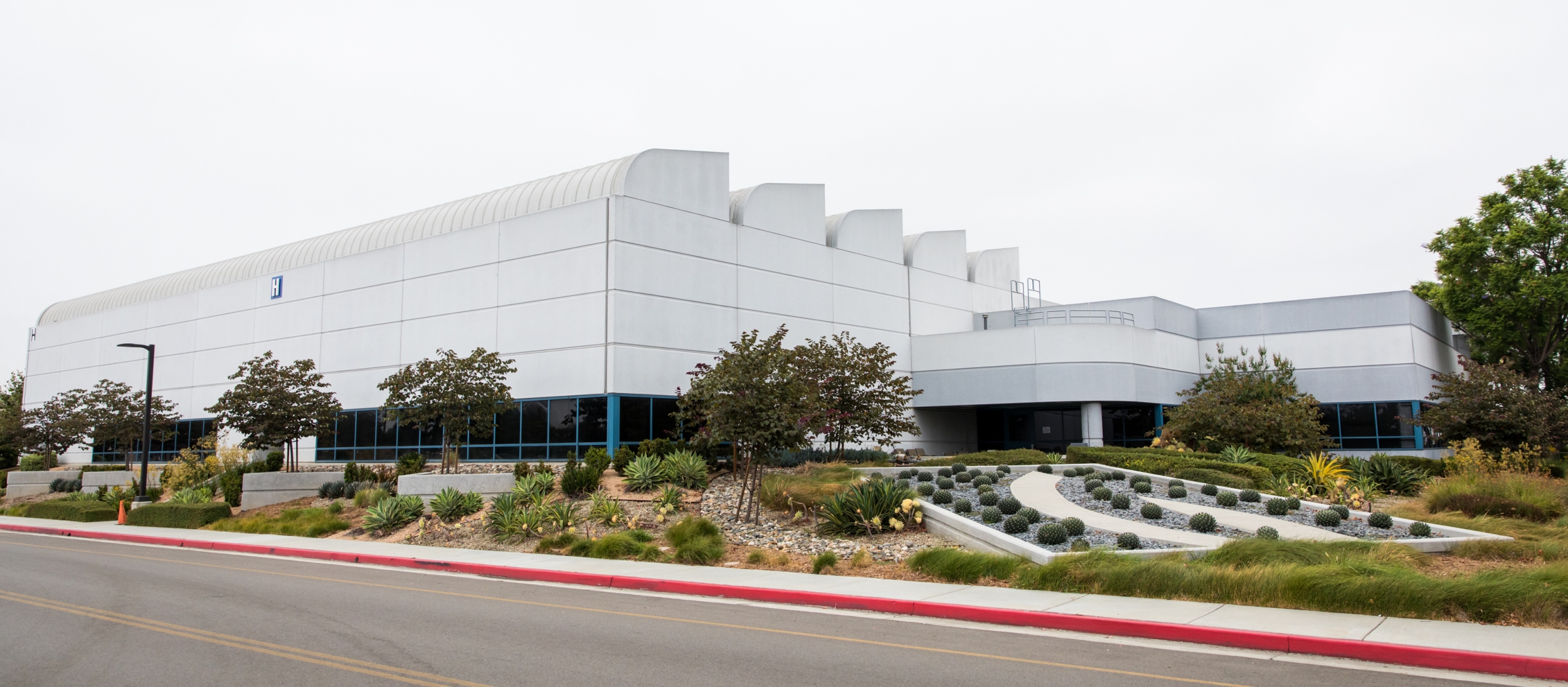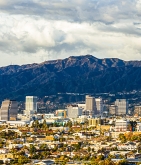Water and energy conservation methods are especially important now as California continues to suffer from drought conditions. Here at SoCalGas, we continue to implement a number of energy-saving measures and infrastructure improvements to help conserve water and energy usage within internal facilities as part of our ASPIRE 2045 net zero goals.
“SoCalGas’ decision to adopt xeriscaping and LED lighting are just a few of the many initiatives designed to promote sustainability and help reduce our environmental impact,” said Brenton Guy, director of support services at SoCalGas. “It’s important that we do our part internally within our company and externally for our communities. These projects have the potential to serve as long-lasting conservation solutions that will help protect and promote sustainability in Southern California.”
As part of our water conservation initiative, SoCalGas celebrated the recent completion of our 22nd xeriscaping project at our facility in Oxnard. Prolonged droughts and water restrictions in California call for different methods to help lessen the negative impact to the environment. Xeriscaping is a landscape style that requires little to no irrigation; it integrates the utility’s operations towards reducing their environmental footprint by increasing biodiversity, improving air quality, and reducing stress on natural resources. Water usage accounted for approximately 20% of a facility’s energy usage and xeriscaped landscapes need little or no water beyond what the natural climate provides. It is an affordable solution to help save water and energy while reducing waste throughout SoCalGas’ facilities and plays a role in the company’s overall water and energy conservation initiatives.
Through xeriscaping, the San Dimas Customer Call Center facility is expected to reduce its yearly water usage by 60 percent - that’s a savings of approximately 1.6 million gallons of water annually. The Playa Del Rey facility is expected to save more than $5,000 a month in water and maintenance fees, provide a habitat for local birds and butterflies and help reduce the company’s water consumption by an estimated 3.3 million gallons per year. The Playa Del Rey facility replaced water-intensive turf with drought-tolerant plants such as agaves, kangaroo paws, and red yucca. Colorful shrubs and plants will help provide a vivid contrast to boulders and dry stream beds designed to capture stormwater run-off. Azusa base has seen an average of 50% less water consumption since xeriscaping was installed in early 2021 compared to the past four years, a reduction of 500,000 gallons per year. La Jolla base has water reduction of over 40%, over 200,000 gallons annually since completing at the end of 2018. Santa Ana base has an average water reduction of 55%, 600,000 gallons per year since completing at the end of 2021.
Currently, the company has completed xeriscape efforts at 22 facilities since the program’s inception in 2016. There are currently 40 facilities remaining with plans to complete five additional projects for the next eight years.
As part of their energy conservation initiative, SoCalGas has employed LED retrofit projects within the utility’s facilities since 2008 to help reduce energy and maintenance costs. The utility’s internal conservation projects are part of their ASPIRE 2045 goal to protect California communities with the goal to achieve net zero greenhouse gas emissions and help to improve local air quality. The Redlands facility recently completed upgrades earlier this year and serves as the largest LED lighting project to date with over 1,100 fixtures replaced and an estimated 80,000 kWh savings per year.
The utility has completed interior LED lighting projects in 24 facilities with 43 remaining facilities. Exterior parking lot lighting upgrades have been completed at 48 facilities with 14 remaining facilities.
SoCalGas Provide Water and Energy Conservation Solutions through Xeriscaping and LED Upgrades in Support of Company’s Goal to Reach Net-Zero Greenhouse Gas (GHG) Emissions
Utility saves about 6 million gallons of water and 80,000 kwh annually across participating facilities














